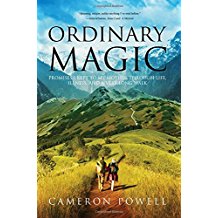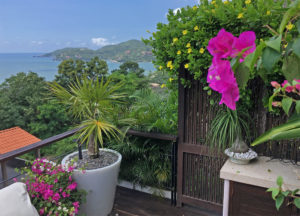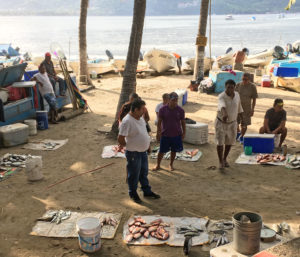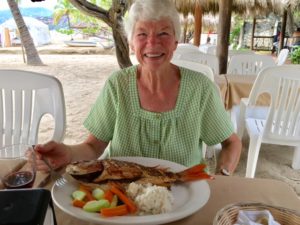Code Name: Johnny Walker, The Extraordinary Story of the Iraqi Who Risked Everything to Fight with the U.S. Navy SEALs by “Johnny Walker” with Jim DeFelice is an amazing story of an Iraqi who, for his and his family’s protection, was given the nickname of “Johnny Walker” by U.S. Navy SEALs he worked with.
As Saddam Hussein steadily brought terror and destruction to Iraq in the early 2000s, unemployment became a disturbing reality. Johnny Walker applied to become a translator for the U.S. Army, but was turned down. Johnny was on the verge of despair–how would he support his wife and children? One night he interceded in a dispute between some Iraqi women and American MPs. Impressed, the MPs arranged to hire him as their interpreter, or “terp.” His success and courage under fire became well known and it wasn’t long before the elite SEALs hired him as their interpreter. Johnny Walker completed more than one thousand missions, saving countless lives, and fighting for a better Iraq.
Seeing his country in rubbles, being separated from his wife and children, and often fearing for his own life, Johnny Walker continued to help his countrymen, working with SEALs as they encountered and decimated al-Qaeda cells responsible for training and equipping suicide bombers. Johnny Walker had the capability to work and unite with Shias, Sunnis and Kurds, understanding and explaining the differences to the SEALs so they could more efficiently accomplish their goals.
Johnny Walker’s abhorrence of those who would use women and children as shields was contrasted to a warrior who risks his life to protect the innocent. He emphasis the difference between the different Islamic beliefs–those who fight for human rights and peace as opposed to insurgents who fight for revenge and dominance.
The disruption of war is far-reaching and long-lasting. What was once a beautiful country became a place of fear and destruction. Johnny witnessed his beloved homeland being destroyed, his neighborhood unsafe for his family. Perhaps in America his family would again find peace. But that was easier said than done.
Code Name: Johnny Walker is an interesting, entertaining read, and a heart-felt story of hope.














